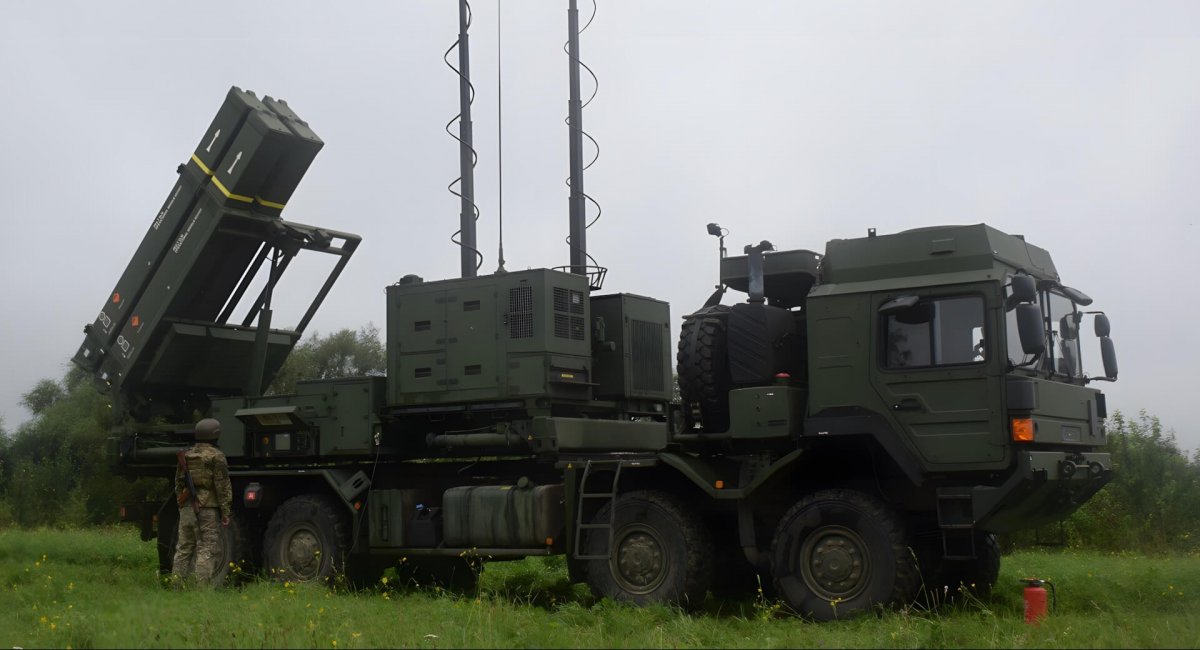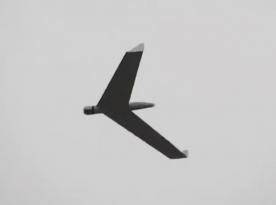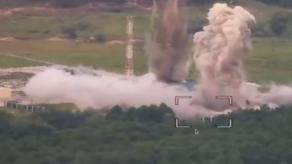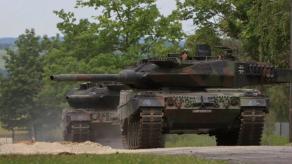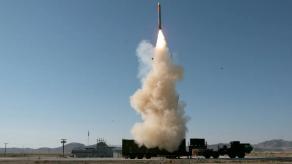In a recent publication, Defense Express reported on Germany's intention to integrate artificial intelligence into its IRIS-T SLM air defense system — a response to growing challenges from ballistic and hypersonic missiles. But if Germany succeeds in creating such an AI-powered system, Ukraine would be the ideal place to test it under real combat conditions.
That idea isn't speculative anymore. Ukraine has officially invited foreign defense companies to test their latest systems directly on the frontlines, as announced by the Brave1 defense tech cluster in a statement to Reuters.
Read more: Germany and the U.S. to Provide Ukraine with Five Additional Patriot Air Defense Systems
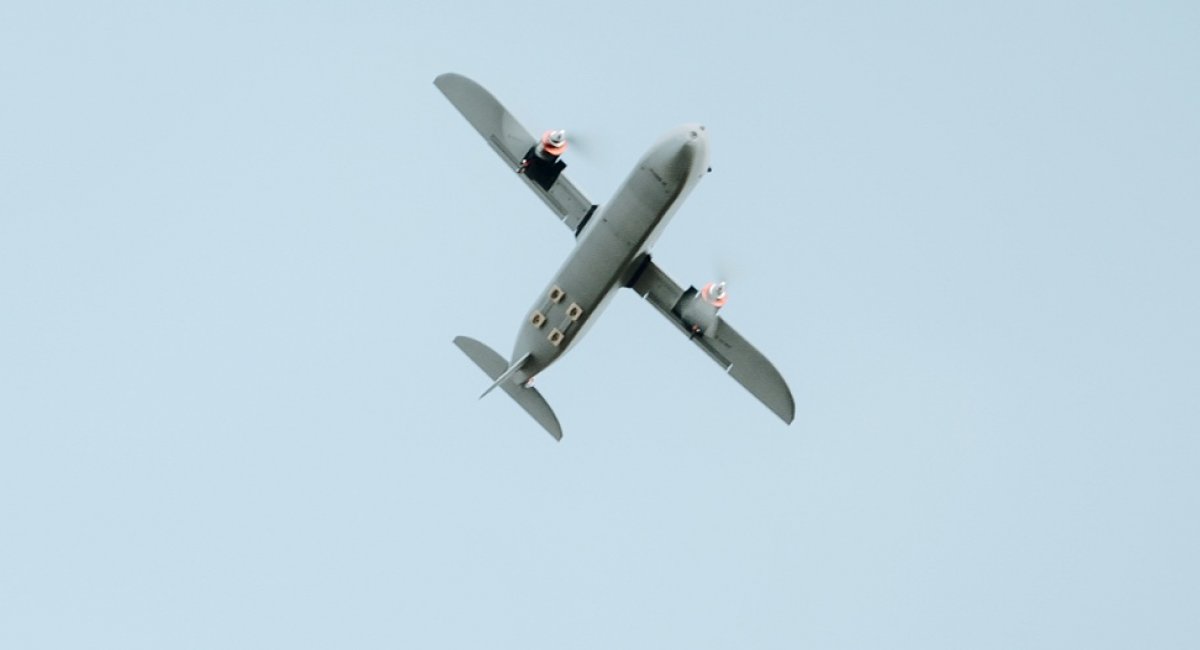
According to Brave1, priority will be given to air defense systems, including those with AI-enabled targeting, drone interceptors, solutions to counter guided aerial bombs, and new methods for protecting Ukrainian skies. The list also includes land and naval drones, as well as data-sharing tools that can increase the precision of conventional artillery.
The testing model will follow a simple pattern: companies send their systems to Ukraine, provide online training, and allow Ukrainian operators to conduct trials and submit detailed combat reports. For now, Western defense firms are showing general interest, though no specific names have been made public.
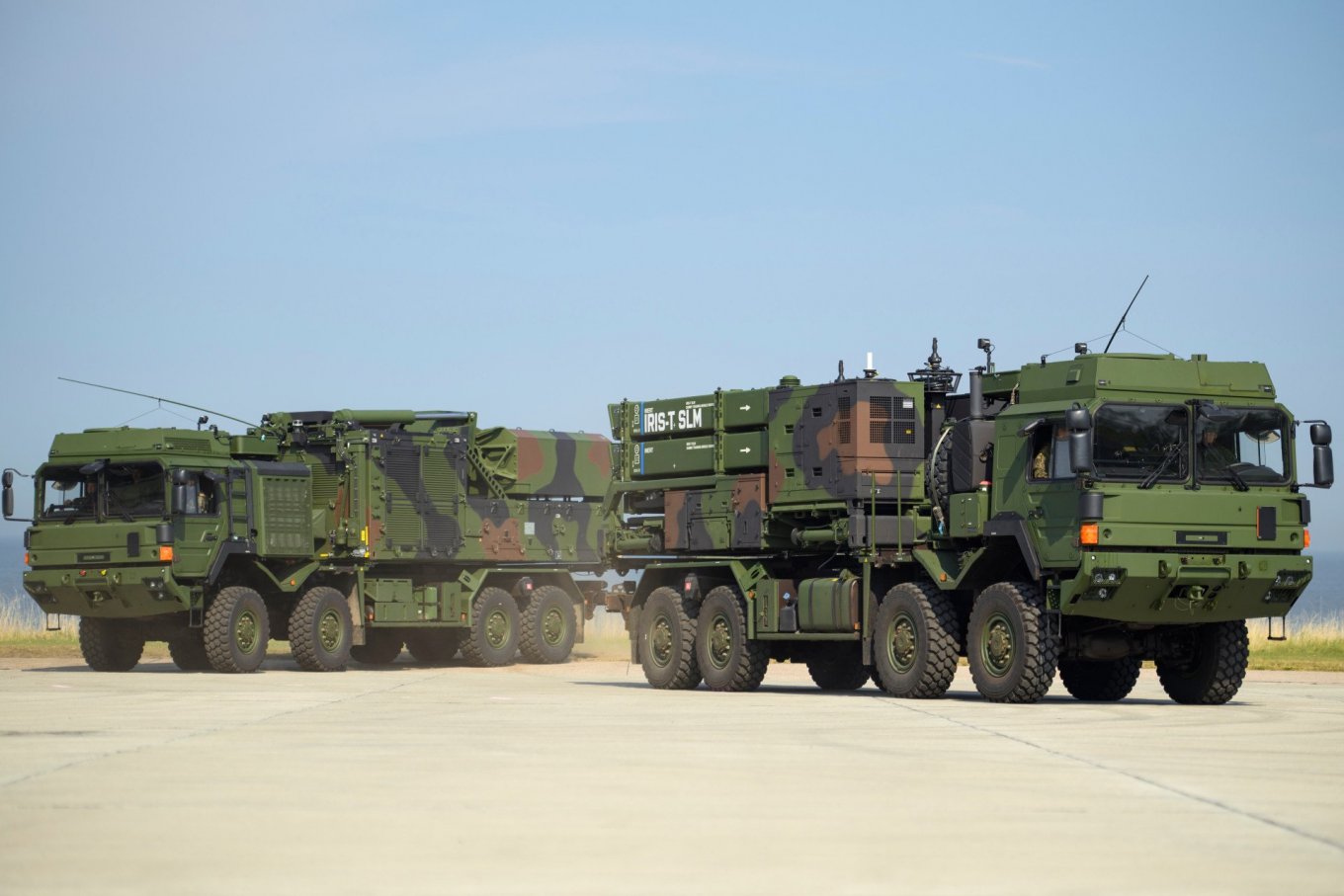
In essence, Ukraine's role as a proving ground for military innovation is being formalized and expanded. While the "testing ground" concept existed informally since early 2022, it is now receiving a clear structure and mission — focused on real-world validation and filtering of battlefield-ready solutions.
And the goals are very real: neutralizing glide bombs, scaling drone warfare, and strengthening mobile air defense. These are the tactical gaps currently exploited by russian forces — and filling them means halting further russian advances. In that light, naming the concept a "real-combat proving ground" is appropriate, since it is a practical framework for separating promising innovations from unviable ones.
Read more: Germany Wants Typhon: Will Long-Range Tomahawks Replace Europe’s Need for 4,200 Cruise Missiles?



